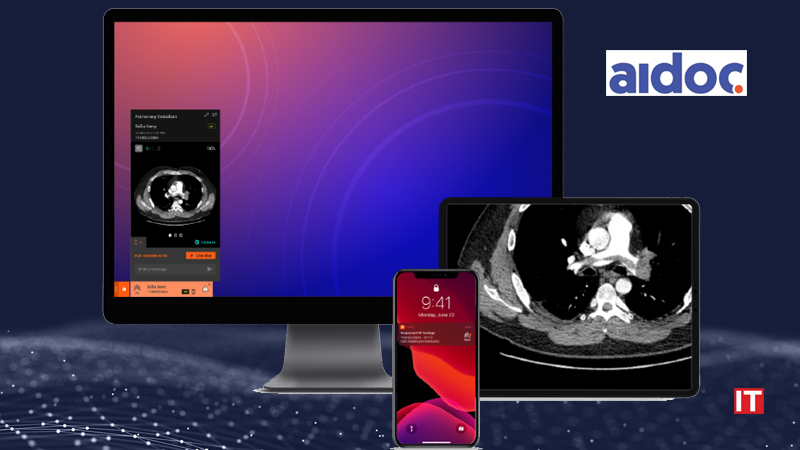Aidoc, a leading provider of artificial intelligence (AI) solutions for medical imaging, announced the release of the first AI Operating System (OS) allowing for the clinical use of numerous AI applications over one unified system. To complement its new OS, Aidoc added FDA-cleared solutions from five third-party AI companies to its existing selection of seven FDA-cleared solutions. These solutions expand its coverage across imaging subspecialties wherein the AI OS provides each sub-specialty with a seamless user experience in their native workflow.
Also Read: DataRobot and Hexaware Collaborate to Help Customers Accelerate their AI Journey
“When people think about the concept of a platform, some think of an ‘app store’ for healthcare institutions to discover and plug in AI solutions,” says Dr. Paul Chang, Vice-Chair of Radiology Informatics at the University of Chicago. “This sounds attractive, but merely centralizing and providing an online shopping experience isn’t enough of a value proposition. A true platform must be based on a unified architecture that enables effective use of the various AI products in the challenging real-life IT settings of health systems. In other words, what’s so compelling about the app store, isn’t the app store itself, but actually the infrastructure it’s built upon—the iOS. That is exactly what Aidoc’s AI OS solves for.”
According to a 2021 survey of U.S. hospitals, 90 percent have an AI strategy in place—up from 53 percent in 2019—yet implementation lags behind with only 34 percent deploying an AI solution. As these strategies are introduced at the dawn of AI in healthcare, many existing AI “marketplaces” lack the true unifying quality required to integrate and orchestrate multiple AI solutions—at scale and seamlessly—due to the technical limitations imposed by vendor incompatibilities.
Aidoc AI OS helps solve these technical barriers of using AI at scale by orchestrating a diverse set of AI solutions under one unified, vendor-agnostic operating system. The OS applies unique AI-based image analysis to match the most compatible algorithm with the relevant scan and ensure improved quality of care.

































